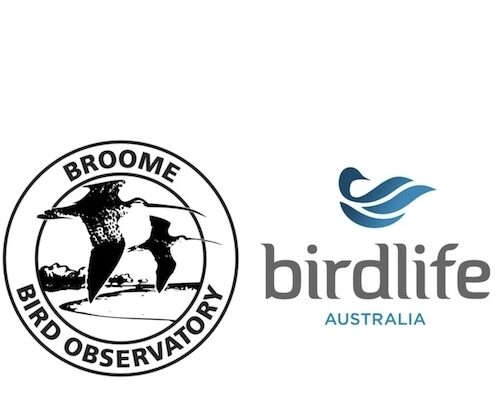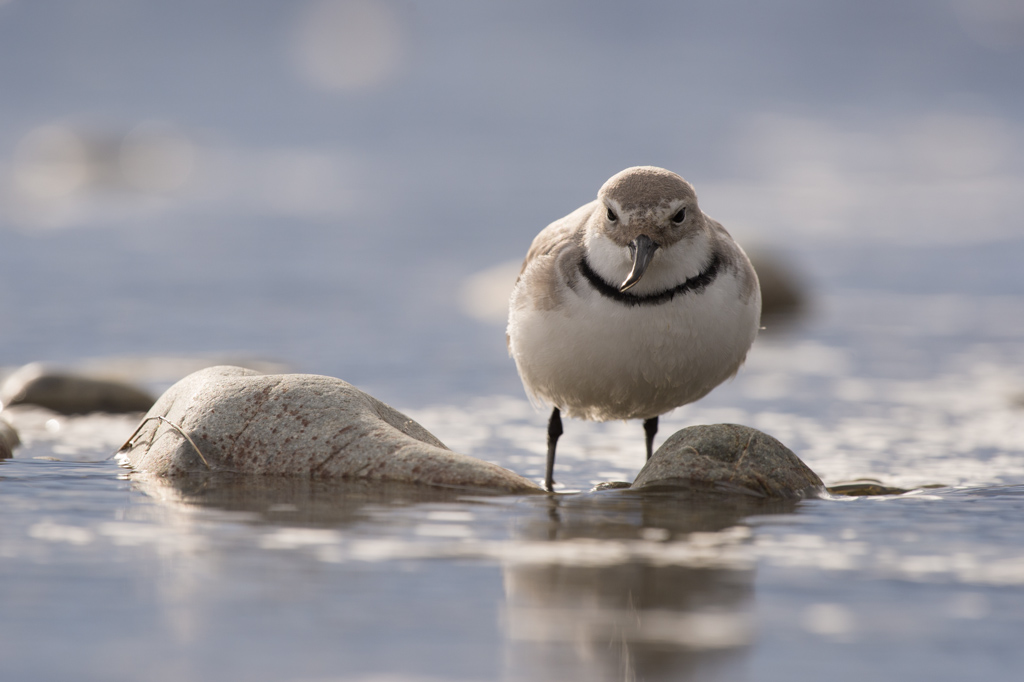Month: November 2024
New Funder sought for the Birds NZ Research Fund
November 27th, 2024Birds New Zealand is looking for a new funder to support the Birds New Zealand Research Fund (BNZRF). For the past 12 years the BNZRF has been funded by the T-Gear Charitable Trust, with the promotion, assessment of proposals, selection of recipients and administration of funds managed by Bird New Zealand. We are grateful for the Trust’s support during that time, which saw 124 ornithological research projects receive funding, including many led by researchers starting their ornithological careers. I would now like to invite prospective new funders to contact me via president@birdsnz.org.nz to discuss this new opportunity.
Since 2013, the BNZRF has been a key part of the Aotearoa New Zealand ornithology funding landscape, funding research with a focus on more than 60 bird species, most of which are either At risk of or threatened with extinction, including various penguin, kiwi, albatross and kakariki species plus Kākāpō, Takahē, Kāki Black Stilt, Hihi Stitchbird, Kea, Rock Wren and others. In 2024 alone, the BNZRF received 23 applications, of which 11 were selected for funding.
The research funded has always been of excellent quality, resulting in publications in a range of New Zealand and international scientific journals. BNZRF recipients have included 42 PhD students and 16 MSc students, with about a quarter of them going on to work in conservation. The enthusiasm of these emerging researchers has also contributed to the success of our annual conference.
The research funded has improved the knowledge and understanding of the biology, ecology, breeding success, and vulnerabilities of 63 species across 26 bird families. Of these, about 50% are classed as At Risk, and 33% more are classed as Threatened. This research in turn helps to inform and improve conservation actions and policies.
The research has primarily aimed to learn more about diet and foraging, distribution and abundance, and survival and recruitment. A wide range of methods have been used, ranging from tagging and tracking (banding, GPS monitoring), population censuses (surveys, mark-recapture), to the use of tools like genetics and environmental DNA for non-invasive species detection, or dietary composition.
For example, 17 NZ penguin research projects have received funds, including Kororā Little Penguin tracking and foraging studies, Tawaki Fiordland Crested Penguin tracking and population studies, Hoiho Yellow-eyed Penguin tracking and mortality studies, and a population genetics study of all the crested penguin species that breed in Aotearoa New Zealand (Tawaki, Snares, Erect-crested, Rockhopper).
Eleven grants have funded kiwi research, including Roroa Great Spotted Kiwi distribution and abundance, studies of avian diseases that can kill kiwi, and kiwi genetics. Six grants have funded Kuaka Whenua Hou Diving Petrel research, including satellite tracking, a population assessment, and the suitability of new islands for translocations. Four grants have funded Kākāpō research including egg viability, genomics, and portable DNA sequencing. Three grants have funded Tarāpuka Black-billed Gull research including an assessment of breeding productivity and two nationwide censuses.
Two grants have funded research modelling Takahē reintroduction to Kahurangi National Park andgenomics. Others have funded studies of kākāriki genetics, Hihi fertility, and the translocation of Toroa Chatham Islands Albatross chicks to establish a second breeding colony. You can read about all 124 BNZRF-funded research projects here: https://www.birdsnz.org.nz/funding/birds-nz-research-fund/.
Oceania Seabird Symposium New Dates and Venue!
November 27th, 2024The Oceania Seabirds will now be held from 14-17 April 2025. Due to the ongoing political situation in New Caledonia the symposium will now be held in Auckland.
The venue will be the University of Auckland, city campus
This inaugural Symposium will bring the attention of the international and Oceania community to the importance of seabirds within the world’s largest body of water, the Pacific Ocean | the Great Ocean | Coxë (New Caledonia), Moananuiākea (Hawaii), Te Moana Nui a Kiwa (Aotearoa).
Registration is open via the website https://oceaniaseabirds2025.com/
BBO – Warden Vacancies
November 4th, 2024BBO are looking for wardens for 2025 onwards. This may be an exciting and rewarding opportunity to live and work at one of the best shorebird sites in the world!
Read details at https://nrmjobs.com.au/jobs/2024/20023383/wardens?back=1
Canterbury Newsletter
November 3rd, 2024Download the latest Canterbury newsletter here
Other recent newsletters from around the regions are available here



